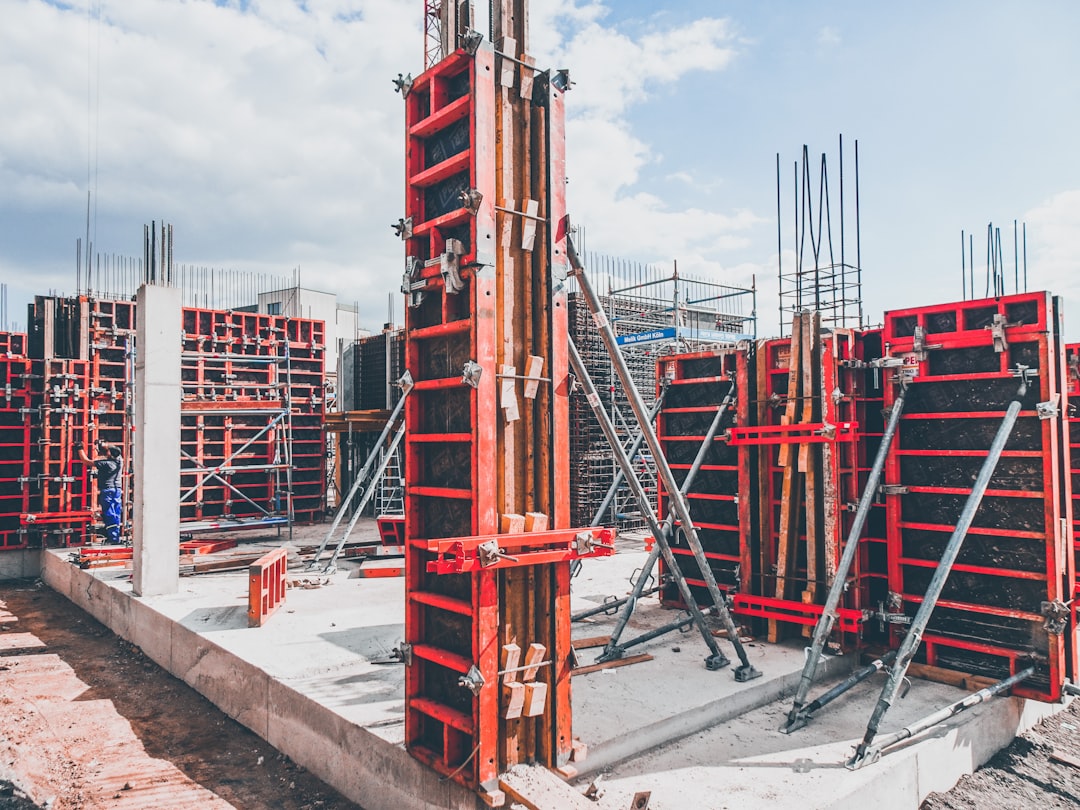What is it about?
Design optimization of geometrically nonlinear structures is well known as a computationally expensive problem by using incremental-iterative solution techniques. To handle the problem effectively the optimization algorithm needs to ensure that the trade-off between the computational time and the quality of the solution is found. In this study, a deep neural network (DNN)-based surrogate model which integrates with differential evolution (DE) algorithm is developed and applied for solving the optimum design problem of geometrically nonlinear space truss under displacement constraints and refer to the approach as DNN-DE. Accordingly, this surrogate model, also is known as a deep neural network, is established to replace conventional finite element analyses (FEAs). Each dataset is created based on FEA which employs the total Lagrangian formulation and the arc-length procedure. Several numerical examples are given to demonstrate the efficiency and validity of the proposed paradigm. These results indicate that the proposed approach not only reduces the computational cost dramatically but also guarantees convergence.
Featured Image

Photo by Ricardo Gomez Angel on Unsplash
Read the Original
This page is a summary of: A machine learning-based surrogate model for optimization of truss structures with geometrically nonlinear behavior, Finite Elements in Analysis and Design, November 2021, Elsevier,
DOI: 10.1016/j.finel.2021.103572.
You can read the full text:
Contributors
The following have contributed to this page










